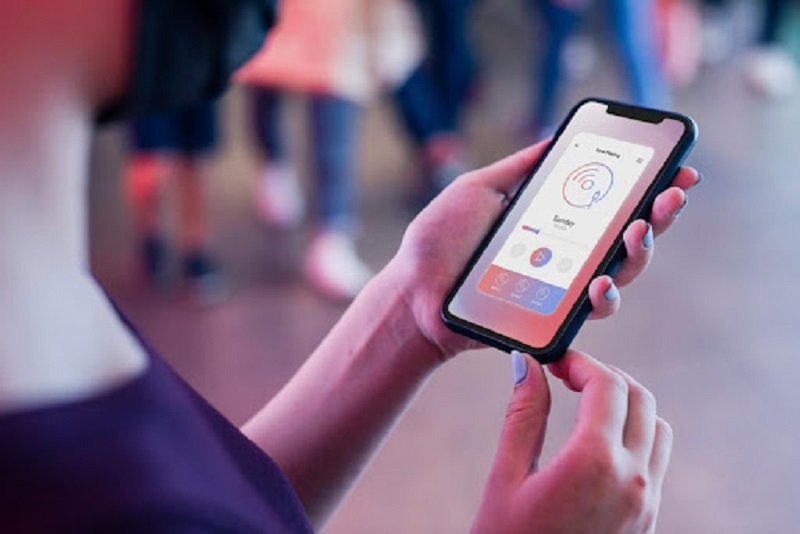Over the past ten years, the agile methodology and the emergence of mobile computing have largely been responsible for the transformation of the software testing landscape. Software has taken on a central role in modern life in this era of technological advancement, and how we create and test it has undergone a paradigm shift.
In the early 2000s, the software development industry experienced a significant disruption with the introduction of agile methodologies. Agile challenged the conventional waterfall model, which followed a linear, sequential approach to software development and testing. Instead, it championed collaboration, adaptability, and iterative development. One of the most impactful changes brought about by agile is the repositioning of quality assurance in the development process. Traditionally, testing was often relegated to a late-stage activity, performed just before product release. Agile, on the other hand, demanded a fundamental shift. Testing moved upstream, becoming an integral part of the development cycle from the very beginning.
Agile Development and Quality Assurance
Over the past decade, agile development has emerged as a dominant force in software development. Agile methodologies prioritize collaboration, flexibility, and iterative development. This shift in approach has had profound implications for software testing services and solutions.
One of the most significant changes brought about by agile is the movement of quality assurance upstream in the development process. Unlike traditional methods where testing was often a final, isolated activity, agile teams integrate testing from the outset. This shift has enhanced the quality of software products by catching defects earlier in the development cycle. And this obviously saves the budget allocated for launching a product, even before the release of that same product to the market.
The Challenge of Big Upfront Testing (BUFT)
However, as agile became more prevalent, it became clear that big upfront testing (BUFT) was not always the most effective approach. BUFT often involved exhaustive testing of all possible scenarios, leading to time and resource constraints. This was especially true in the context of mobile app testing.
The Mobile Computing Revolution
The mobile computing landscape has been a key driver of change in software testing. The ubiquity of smart devices like smartphones, watches, wearable IoT devices, smart home elements, etc. and the popularity of mobile apps have transformed how software is developed and tested.
The Complexity of Mobile Apps Testing
Mobile apps testing presents unique challenges and solving them often requires a unique approach. The sheer number of device types, operating systems, and screen sizes creates a vast testing matrix. Many organizations not only startups but also older medium-sized businesses cannot afford to maintain an in-house testing team with every possible configuration and tools.
User-Centric Testing
In response to these challenges, a user-centric approach to testing has gained prominence. This approach involves engaging users as subject matter experts, real end-users, or for spike testing to simulate real-world conditions. By doing so, compatibility testing becomes more comprehensive and realistic and end users not only use the product, but can understand it, which increases loyalty to such a product.
Non-Functional Testing Takes Center Stage
Mobile apps have also shifted the focus towards non-functional testing. Beyond functional correctness, factors like performance, security, and usability have become paramount. Users demand a seamless and responsive experience, which necessitates rigorous non-functional testing.
Shifting from “Shift Left” to “Shift Right”
The shift-left testing approach, which emphasizes early testing, has evolved into a “shift-right” approach. This means balancing a deep understanding of the system’s implementation with empathy for end-users. It’s about finding the right equilibrium between development and testing. This becomes much more difficult when these 2 teams find themselves in different camps, such as developers on staff of the company, and testers brought in from outside.
The Future of Mobile Computing
With the increasing complexity and diversity of mobile applications, the demand for managed QA services will soar. As mobile computing continues to evolve, software testing will face new challenges and opportunities. Emerging technologies, devices, and global markets will push the boundaries of testing even further.
Mobile computing is becoming more prevalent and is not just limited to smartphones and tablets. The way we view mobility is changing as a result of new technologies like the Internet of Things (IoT) and 5G connectivity. Software will be crucial to everything from smart homes and cities to medical technology and autonomous vehicles, as IoT is being integrated into everyday objects and environments. With IoT, software testing extends beyond traditional screens and interfaces. It encompasses the intricacies of sensor networks, data transmission, and real-time responsiveness. Ensuring the seamless functionality of interconnected devices will be a monumental task, demanding innovative testing approaches.
Summary
Agile development and the rise of mobile computing have both had a significant impact on the landscape of software testing. The pushback on big upfront testing in favor of a user-centric approach has led to a greater emphasis on end-user satisfaction. Although this change might seem to go against the fundamental principles of agile, the ultimate objective is still to provide customers with solutions that are better in every way. Adapting to these changes in the constantly changing world of software testing is not only a choice, but also a requirement for remaining competitive in the market.
Must Read: 5 Best Software Testing Practices: What Should You Do This 2022




































































